Beware! The dangers of the processionary caterpillar
Share
Index
- Introduction: What is the processionary caterpillar?
- Risks for dogs
- Symptoms of contact with the processionary caterpillar
- First Aid: What to do if your dog comes into contact with it?
- Prevention: How to avoid contact with these caterpillars
- The importance of going to the vet
- Common cases and associated dangers
- Conclusion
1. Introduction: What is the processionary caterpillar?
The processionary caterpillar (Thaumetopoea pityocampa) is an insect that lives mainly in the pine forests of Spain and other Mediterranean countries. This insect is known for moving in long lines, as if it were in a procession, hence its name. Although at first glance they may seem harmless, these caterpillars represent a serious danger to dogs and other pets due to the stinging hairs that cover their body, which contain toxins that can trigger severe allergic reactions.
In spring, caterpillars descend from their nests in pine trees to bury themselves and complete their life cycle. This is the time when they are most dangerous, as they are often within reach of curious pets during walks.

2. Risks for dogs
Contact with a processionary caterpillar can have very serious consequences for your dog's health. Its stinging hairs are easily released at the slightest touch and can remain in the air or on the animal's skin, causing anything from mild irritation to extremely serious situations.
The main risks include:
Tongue necrosis: Contact with the hairs can cause inflammation and necrosis, making it difficult for the dog to eat or drink.
Respiratory problems: Inhalation of hairs can cause obstructions or allergic reactions in the airways.
Anaphylactic shock: In extreme cases, a generalized allergic reaction can be triggered that puts the animal's life at risk.
It is important to understand that all of these risks can increase if you do not act quickly and, above all, if you do not contact a veterinarian immediately.
3. Symptoms of contact with the processionary caterpillar
Recognizing the symptoms is crucial to taking action in time. The most common signs include:
- Excessive salivation: This is one of the first signs that something is wrong.
- Swelling of the tongue and muzzle: The tongue may increase in size rapidly.
- Eye irritation: If the hairs come into contact with the eyes, they can cause severe conjunctivitis.
- Vomiting and difficulty breathing: If the dog has inhaled the stinging hairs.
- General decline: The animal may appear lethargic and in obvious discomfort.
If any of these symptoms appear, the most important thing is to go to a veterinarian immediately.
4. First Aid: What to do if your dog comes into contact?
If you suspect your dog has had contact with a processionary caterpillar, follow these steps on your way to the vet :
Prevent your dog from licking or scratching: This will prevent the hair from spreading further.
Wash the affected area with warm water: Do not rub, as this could break the hairs and release more toxins.
Do not use home remedies: It is essential not to apply substances such as alcohol or vinegar, as they can aggravate the irritation.
Stay calm and contact your vet as soon as possible: Call your vet and describe the symptoms on the way to the clinic.
It is essential that, at the slightest suspicion, you do not try to handle the situation on your own. Only a professional can determine the severity of the case and apply the appropriate treatment.
5. Prevention: How to avoid contact with these caterpillars
The best way to protect your dog is to avoid contact with these caterpillars. Here are some recommendations :
Avoid walking through pine forests: During spring, it is better to choose alternative routes.
Keep your dog on a leash: This will allow you to have greater control over its movements and prevent it from approaching the caterpillars or their nests.
Observe your surroundings: Pay as much attention as you can, if you see rows of caterpillars on the ground or nests in the trees, change your route immediately.
Consult your veterinarian: Some may recommend products to reinforce your dog's protection during the season of greatest risk.
6. The importance of going to the vet
This point cannot be stressed enough: going to the vet is the only way to ensure your pet's well-being. Reactions to contact with processionary caterpillars can evolve quickly, and any delay in treatment could be fatal.
Your veterinarian will assess the symptoms and provide appropriate treatment, which may include:
- Administration of antihistamines or corticosteroids.
- Treatment of affected areas to reduce inflammation and prevent infection.
- In severe cases, hospitalization and intensive care.
- Don't hesitate to seek professional help as soon as you detect the problem.
7. Common cases and associated dangers
Every year, veterinary clinics report numerous cases of dogs affected by the processionary moth. A common characteristic in these incidents is the delay in seeking veterinary care, which complicates treatment.
Remember that while some dogs may have milder symptoms, others can suffer very serious consequences within minutes, with fatal consequences.
8. Conclusion
The processionary caterpillar is a silent but deadly enemy for our pets. Knowing its dangers and acting quickly can make the difference between a scare and a serious emergency.
Prevention is key, but if your dog comes into contact with these caterpillars, the most important thing is to see a veterinarian immediately. Keep your dog safe and don't underestimate the risks of this natural threat. Their health and well-being are in your hands!
